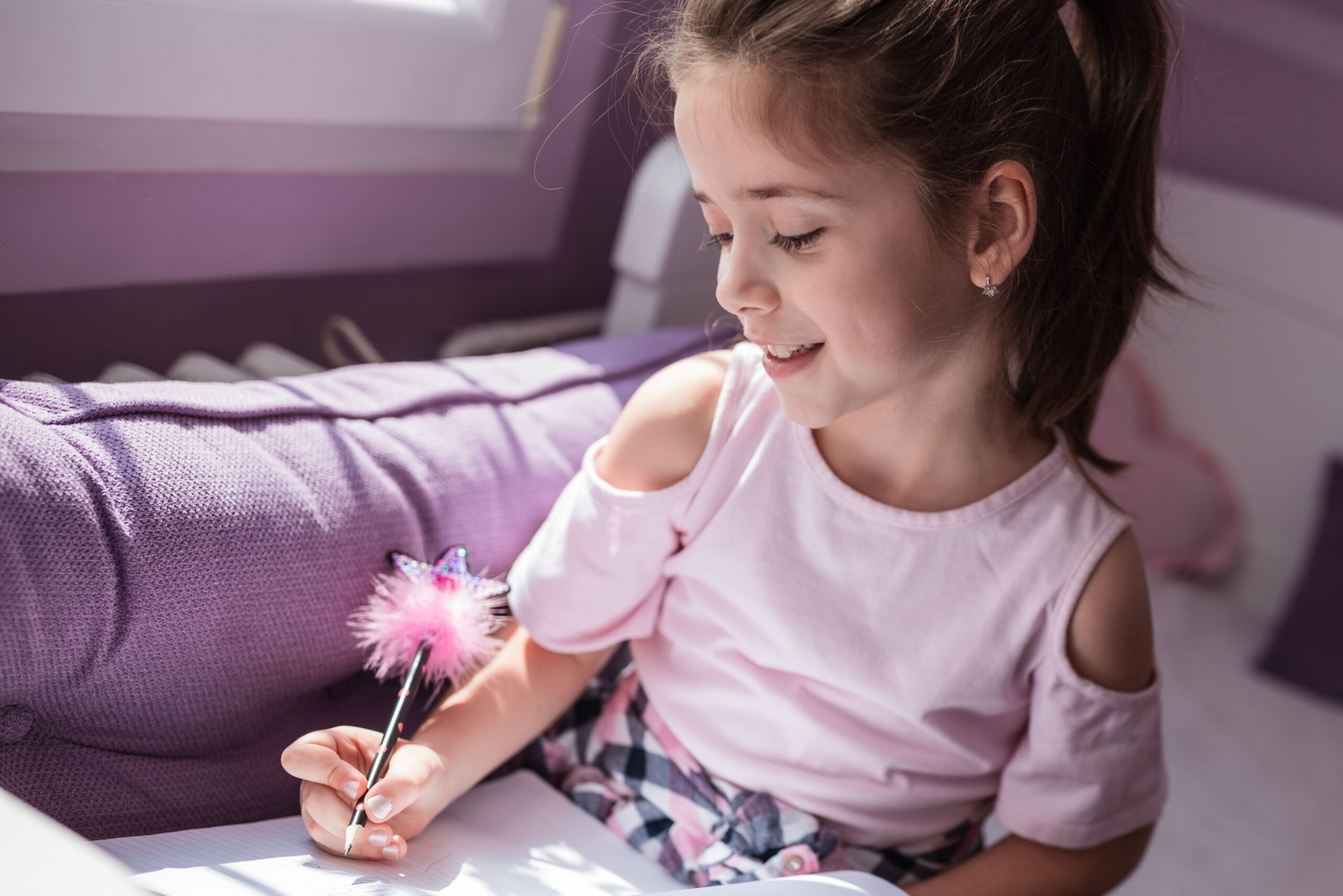By Lisa Dion, LPC, RPT-S
Kids react to the idea of play therapy differently. Some run into the playroom with Nerf guns a’ blazing. Other kids aren’t quite as enthusiastic; they linger in the doorway, torn between their parents and the sandbox. Then there are those who want nothing to do with the process at all.
Their refusal to walk down the hall already tells us how they feel: they’re flooded. The last thing we want to do is add to the waters. When a child is about to face their challenges, fears, and inner struggles, we want to make sure that they feel that they can. So, what are some options to help them feel ready and capable? Here are a few ideas to add to your toolbox:
Have the parent walk their child back: Sometimes, all the child needs is the parent to help them in their transition. A stroll down the hallway may be sufficient: the child may say goodbye to mom or dad and enter the playroom feeling safe.
But this doesn’t work for all kids. Some continue to be suspicious of the situation: they don’t trust themselves to handle whatever it is that they might feel or experience. They may cry or show other signs of anxiety; their brains have jumped into “freeze, fight or flight” mode. When this happens, bring the parent into the playroom with them.
Invite the parent to participate – refrain from sitting them in the corner in the role of the observer. Rather, ask them to sit on the floor and engage in play with their child.
Keep the play light. Remember, if the child is having trouble separating, the goal is to help them feel capable and trust themselves.
Allow the child to feel as though they’re in control: Children – the same as adults – don’t like to feel as if they have no control. Children already feel this way in many aspects of their lives: they’re told what to eat and when to go to bed. They’re told they can’t run across streets and that, yes, they have to go to school.
In play therapy, we want them to feel in control. We want them to know they have a voice and they have a say. We want them to know that it’s safe for them to express their emotions, whatever those may be.
Let the child know that they are in charge. Help the child understand, in your own way, that in the playroom you will go as fast or as slow as they need you to as they approach whatever it is that is bothering them.
Don’t force them into the room. If you need to hang out in the hallway reading a book together or if you need to leave and take a walk together, do it.
Play anywhere: Play therapy doesn’t need to happen inside the playroom. It can happen in the hall, on the stairs, or outside in front of the building. It can even happen in the backseat of a Ford Focus (not moving, of course) – sometimes play therapy sessions have wheels!
A common place to start a session is the waiting room. A kid who refuses to enter the playroom may still be willing to engage with you when sitting in between magazine racks and cushioned chairs. So, give it a try: play a game, color, or draw.
Some children will be harder to get into the playroom than others. A proper and thorough intake that establishes their history and any previous trauma helps you get a good sense of the children who will enter willingly and those who won’t. But the above steps can help too.
Ultimately, we must remember that getting into the playroom can take time. What matters most is the relationship between therapist and client. And that relationship can be developed anywhere.
Interested in credits and courses delivered to your living room? Take a look at all our classes, available on our learning site.





